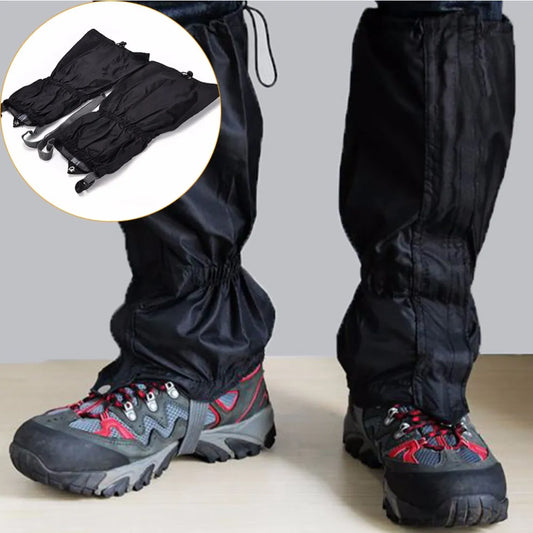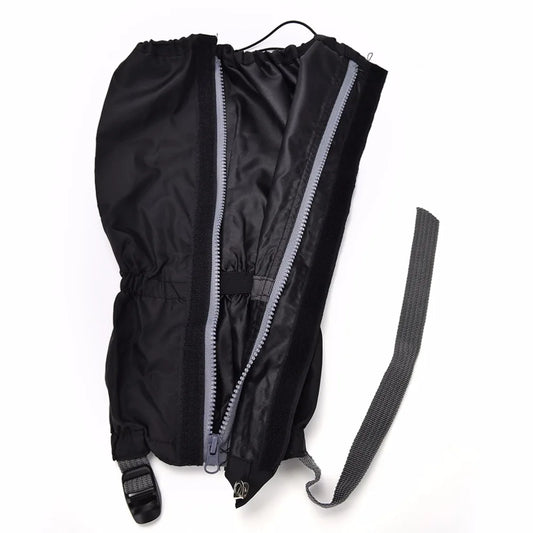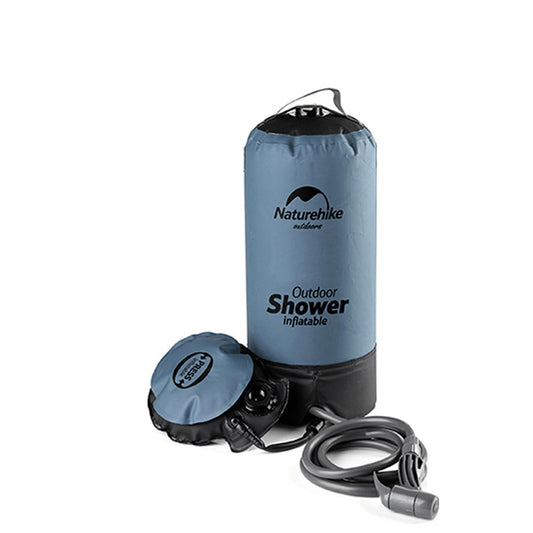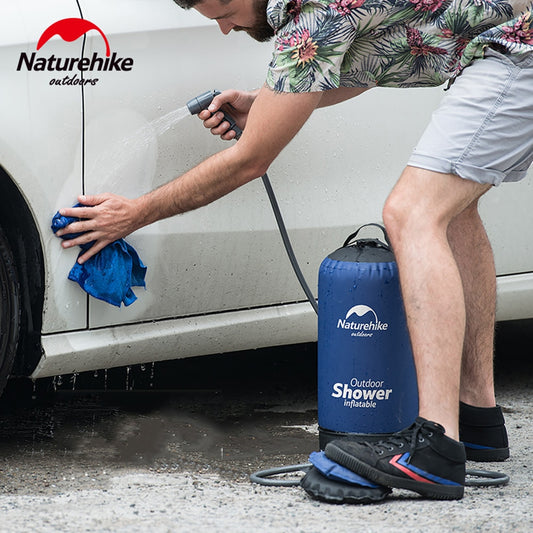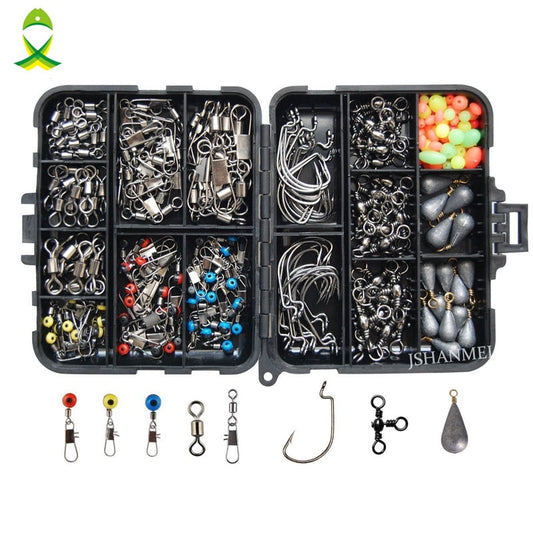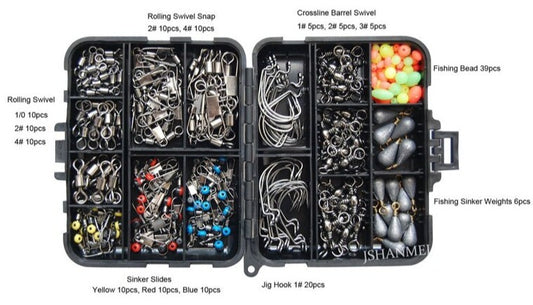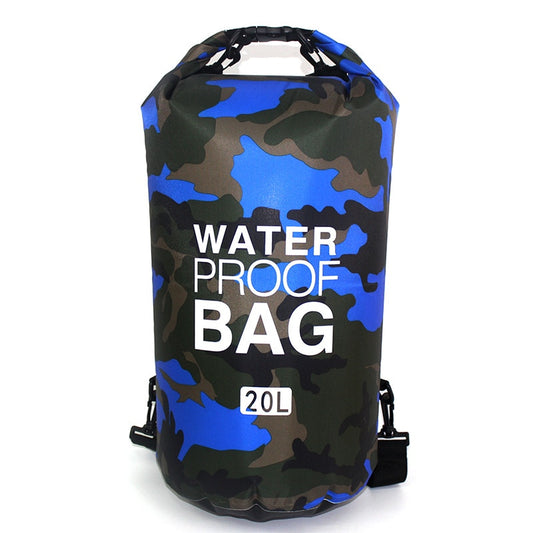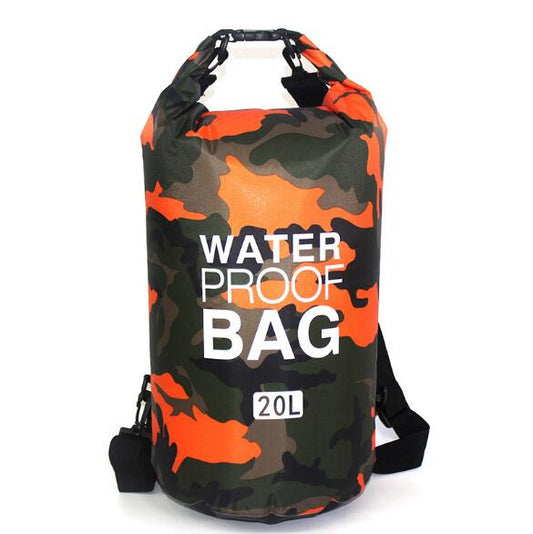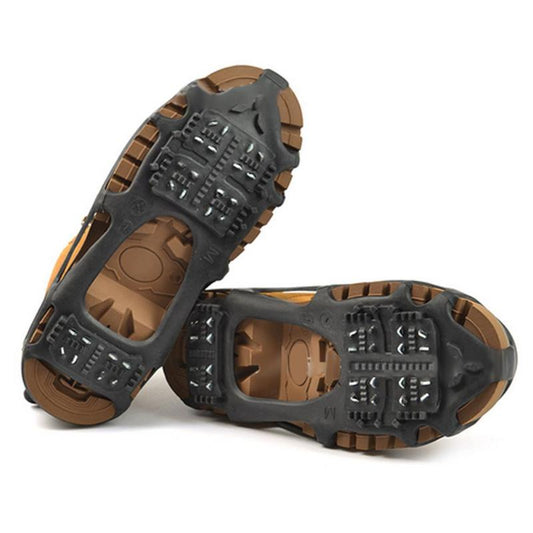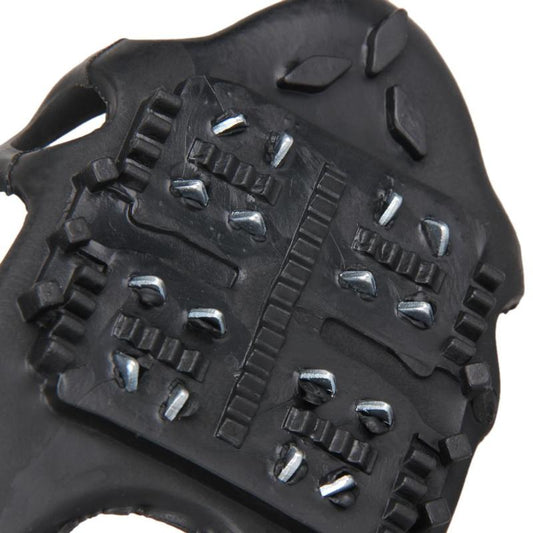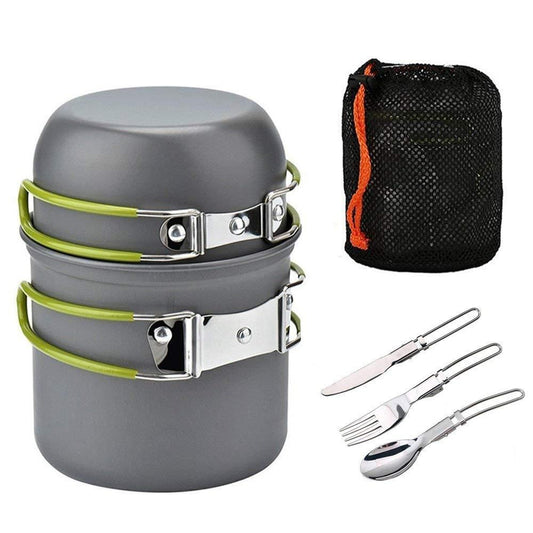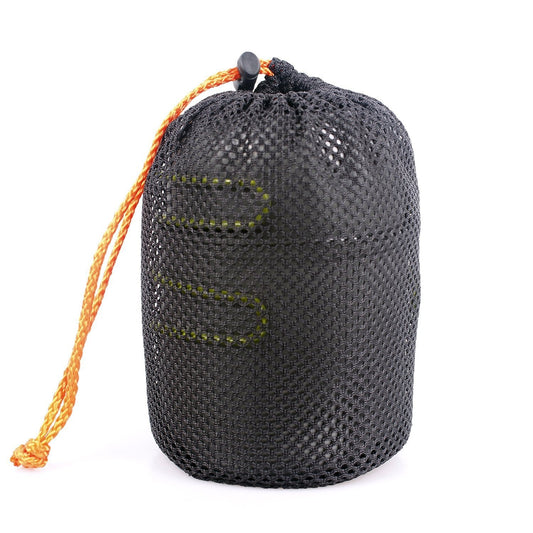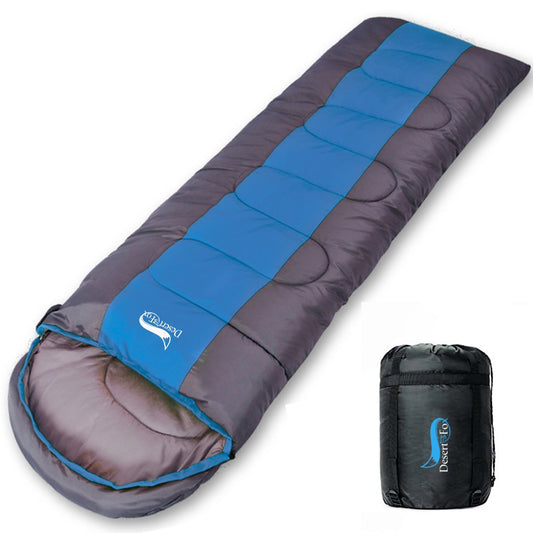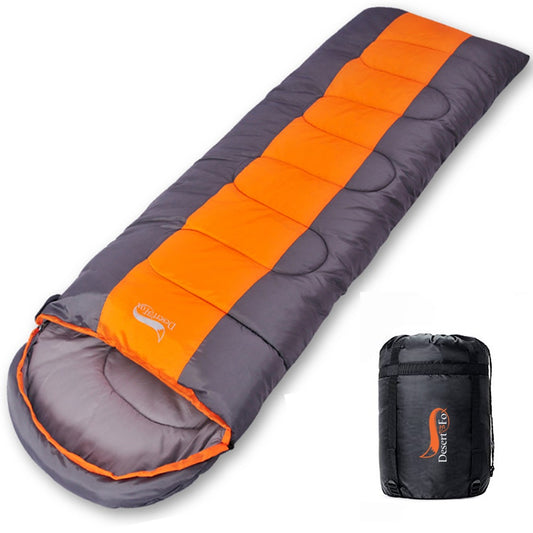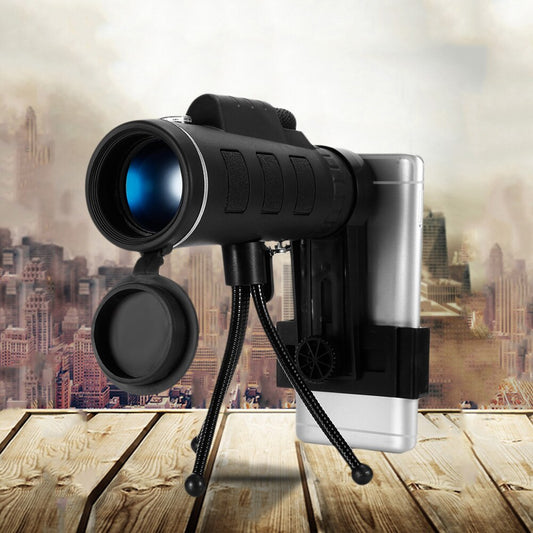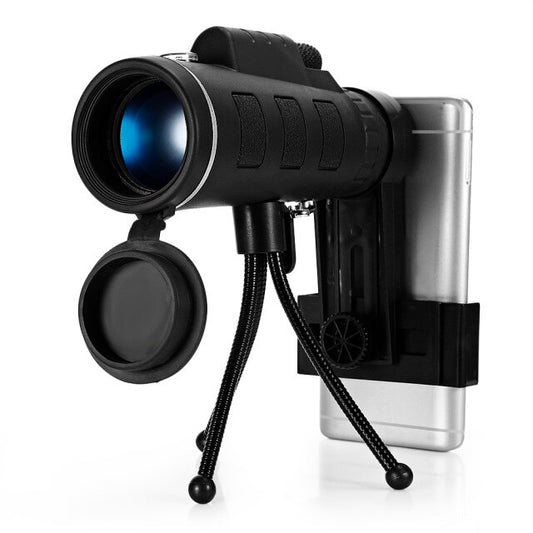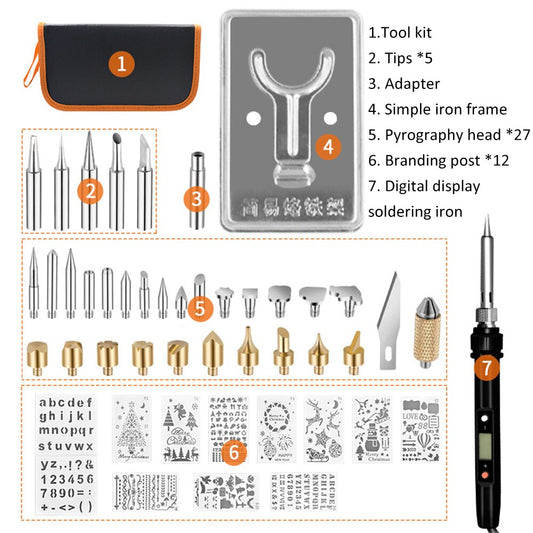
How to survive an avalanche
Share
Here at Dragoyle.com we love being outside and in the mountains. We previously posted about sledding down mountain trails safely, but what if you triggered an avalanche while sledding?
An avalanche is when snow or ice slides down a mountain and buries you in its fast approaching path. If you get caught in an avalanche, your best chance of survival is to stay calm and wait for rescue workers to arrive on the scene.
Stay calm
The most important thing to do is stay calm and stay put. If you can't get out of the way, it's better to be safe than sorry.
Obviously just staying away from the avalanche's path is preferred. Sometimes you can't tell where an avalanche might be at. It may not look like it at first, but after an hour or two it could become a nightmare of crevasses and rockslides as snowmelt turns into ice when temperatures start dropping below freezing.
Check the air
If you are caught in an avalanche and was able to survive. You should then look for signs of life around you. There might have been others there weren't so lucky. If you find someone first check for a pulse, breathing and movement. If you find someone who is alive, make sure they are able to move their arms and legs without difficulty before looking for someone else.
If there's another person nearby, ask if they're okay; if so then try to get them out as soon as possible. If there isn't anyone else around you'll need to keep yourself warm by using your clothing or sheltering under a rock until help arrives, but be aware this could take hours depending on how far down the slope your avalanche was triggered from.
Look up, down and sideways to see if anyone else is buried.
Looking for someone buried in an avalanche is one of the most important things to do when you're out skiing or snowboarding. It's also one of the hardest things to do, because it requires that you look at everything around you while also trying to assess what exactly has happened, where it has happened and if it is safe to move forward.
If someone else is buried in an avalanche: Look up! Look down! Look sideways. It doesn't matter how big or small they are—you want to make sure there isn't another person under all that snow before moving on with your search for help!
Signal for help or call 911
You need to call or help, most of the time in an avalanche situation you won't have cellphone service and will need a long distance walkie talkie to contact someone. Be sure and be prepared before an emergency happens and set your walkie talkie to the same channel as the emergency service in your area.
If you can’t signal for help or call 911, use your voice to try and get someone’s attention. If that fails, use a flashlight to signal them in the direction of your location.
If all else fails and there is still no sign of life from anyone outside of where they were skiing (or snowboarding), then it might be time to consider making a break for it on foot—but only if there are no signs of avalanches in the path ahead!
Do not try to dig yourself out of the snow.
If you are buried in snow, do not try to dig yourself out. Digging yourself out could be dangerous and may cause further injury or death. In addition, if there is a chance that your shovel did not penetrate all the way through when it hit something solid (such as another person), then digging will only make things worse!
If you are buried under a large amount of snow and debris, staying calm is essential for survival because being able to think clearly will help keep panic at bay while waiting for rescue workers or others who might help find people who have been trapped by avalanches in mountains throughout the world!
Don't try to dig yourself out of the snow or move around on your own; this could cause more harm than good. Instead, stay still and wait until help arrives.
If there are no rescuers nearby, then it's time to start thinking about how best to get out of this situation without causing any further damage or injury—or even death! Before attempting anything else (including standing up), make sure that all of your basic functions are intact: Breathing is vital; so too is blood flow throughout all major organs (heart beating strong). Finally, make sure that none of these organs are damaged beyond repair; if so then obviously stop trying anything else right away!
Once rescuers arrive tell them all the information you can about your injuries and about anyone else you know of that might have been involved in the avalanche as well. Then let the rescuers take over and rescue.
If you have any questions contact us at support@dragoyle.com or visit dragoyle.com for more blogs, thriving tips and survival hints.




